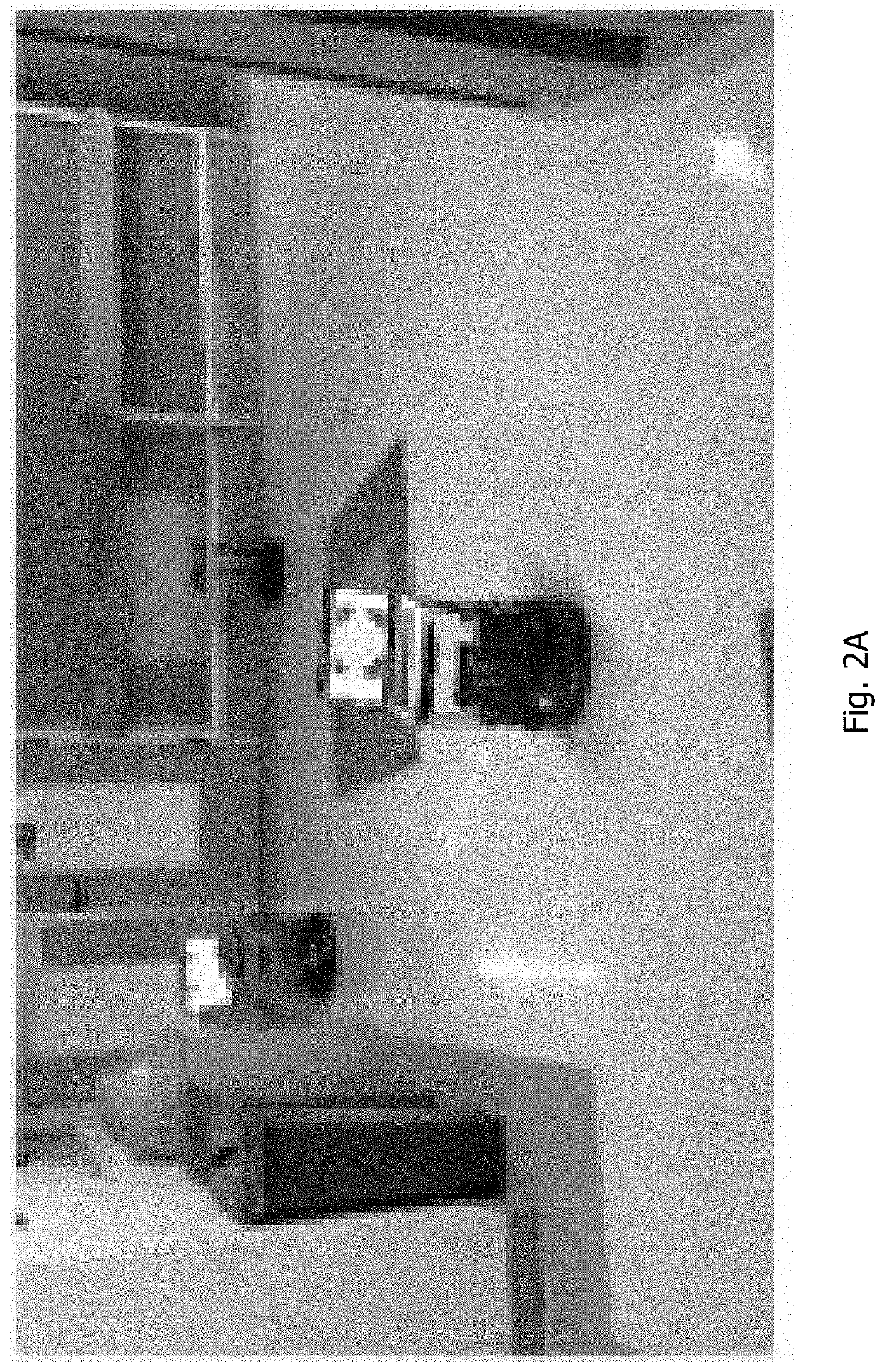Negotiation-based Human-Robot Collaboration via Augmented Reality
a technology of augmented reality and human-robot collaboration, applied in the field of robots, can solve the problems of uni difficult bidirectional communication in projection-based systems
- Summary
- Abstract
- Description
- Claims
- Application Information
AI Technical Summary
Benefits of technology
Problems solved by technology
Method used
Image
Examples
Embodiment Construction
[0093]FIG. 1 shows an overview of ARN for multi-turn bidirectional communication toward effective HRC. The core system consists of the following components:
[0094]Planner generates a symbolic plan for each robot. This symbolic plan includes a sequence of actions to be performed by the robots. The symbolic plan, in the form of an action sequence, is used by the robots to generate a sequence of motion trajectories. The set of all these generated motion plans for N robots is passed on to a Visualizer component.
[0095]Visualizer converts these robot plans into visualizable trajectories that are overlaid in the real world. The human can visualize these trajectories with the help of AR interface. The AR interface also allows the human to share its feedback. This feedback shared by the human counterpart is initially passed on to a Restrictor component.
[0096]Restrictor processes human feedback and passes it as constraints to a Planner component. The constraints (the symbolic form of human fee...
PUM
 Login to View More
Login to View More Abstract
Description
Claims
Application Information
 Login to View More
Login to View More - R&D
- Intellectual Property
- Life Sciences
- Materials
- Tech Scout
- Unparalleled Data Quality
- Higher Quality Content
- 60% Fewer Hallucinations
Browse by: Latest US Patents, China's latest patents, Technical Efficacy Thesaurus, Application Domain, Technology Topic, Popular Technical Reports.
© 2025 PatSnap. All rights reserved.Legal|Privacy policy|Modern Slavery Act Transparency Statement|Sitemap|About US| Contact US: help@patsnap.com



